Articles by Spectroscopy Staff

A team of French researchers has developed a high-precision method for measuring the isotopic composition of europium (Eu) using multi-collector inductively coupled plasma mass spectrometry (MC-ICP-MS), shedding details on the isotopic systematics of this element in geological samples.

Scientists have developed amphiphilic perylene diimide-based fluorescent hemispherical aggregates that serve as effective probes for metal ions, selectively binding to Fe3+ and Ba2+ ions.

Scientists have conducted a spectroscopic analysis of 2-amino-1-naphthalenesulfonic acid, exploring its electronic properties and its potential as an antiviral agent.

A researcher team questions the effectiveness of core consistency as a diagnostic tool in fluorescence analysis of complex samples. This new study suggests the need for alternative methods to accurately determine model complexity in such analyses.

A study utilizing hyperspectral data has revealed valuable insights into the spectral characteristics of typical ground objects. The research findings offer potential for enhanced wetland classification and demonstrate the efficacy of hyperspectral imaging in wetland research.
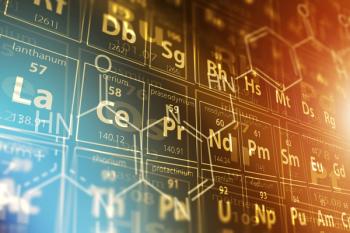
Scientists have investigated elemental fractionation in aerosol laser-induced breakdown spectroscopy (LIBS) using nanosecond and femtosecond laser ablation. Their study focused on analyzing cesium atomic emissions from airborne nanoparticles in a binary particle matrix. The findings shed light on the influence of the particle matrix on elemental fractionation effects and provide insights for improving LIBS analysis in atmospheric radiation plume tracking.
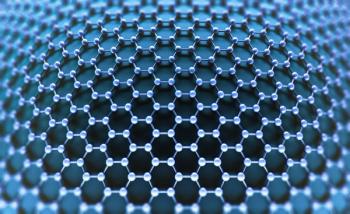
A geoscience research team has developed a high-resolution method using femtosecond laser ablation multi-collector inductively coupled plasma mass spectrometry (fs-LA-MC-ICP-MS) to determine titanium isotopes in rutiles, offering valuable insights into geological processes.

A research team has developed a rapid and cost-effective method for detecting multiple allergens in gluten-free flour using near-infrared spectroscopy and multivariate chemometric analysis.
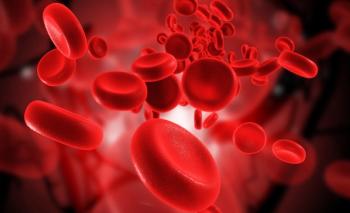
Researchers have developed a rapid and accurate method for identifying inflammation in blood using laser-induced breakdown spectroscopy and advanced chemometric methods.

A new study utilized genetic algorithms to optimize pre-processing strategies and classification models such as SVM, multilayer perceptron, and PLS-DA for improved lung cancer diagnosis using Raman spectra data.

Researchers have demonstrated the power of deep learning regression in revolutionizing quantitative analysis of aluminum scrap using laser-induced breakdown spectroscopy (LIBS), offering a highly accurate and efficient method for metal sorting and recycling.

Researchers have developed a surface-enhanced infrared absorption (SEIRA) sensor platform using disk antennas with a double spacer, enabling the simultaneous detection of multiple molecules.

A recent interlaboratory comparison study validates the accuracy and reliability of laser-induced breakdown spectroscopy (LIBS) for quantitative chlorine analysis in cement pastes, highlighting its potential for assessing chloride ingress in concrete structures.
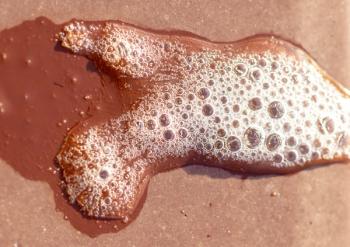
Researchers have developed an ultrasensitive and rapid detection method using surface-enhanced Raman spectroscopy (SERS) for multiple dopings in saliva and urine, offering potential advancements in doping control measures.

Researchers explore xenon's hyperfine structure and isotope shifts using Doppler-free saturated absorption spectroscopy.

New combined analytical techniques unveiled for accurate beryllium determination using LIBS-MLIBS-MLIF methods show promise.

Scientists create a highly selective fluorescent probe, ICM-Hg, for real-time detection of mercury ions (Hg2+) in water, food samples, and live cells.

Researchers explore the impact of sandwich-type DNA construction and plasmonic metal on the signal generated by surface-enhanced Raman scattering (SERS) DNA sensors, giving insight on optimization strategies for improved detection.

Researchers have developed a rapid and accurate method combining front-face excitation-emission matrix fluorescence spectroscopy and interpretable deep learning to identify the storage year of Ningxia wolfberry, offering a green solution to combat fraudulent practices in the market.

A new fluorescent probe designed and synthesized by researchers can effectively and selectively detect Al3+ ions through the coexistence of photo-induced electron transfer (PET) and twisted intramolecular charge transfer (TICT) mechanisms.

An in situ high-temperature Raman scattering study of monoclinic m-Ag2Mo2O7 microrods reveals an irreversible first-order structural phase transition and melting process, according to new research.

A recent study has reported the observation of room temperature phosphorescence in 2-aminopyridine (2APi) embedded in poly (vinyl alcohol) (PVA) films with direct triplet state excitation, which could have implications for future technological applications.

Scientists have investigated the structural changes of a discotic liquid crystal during its phase transitions using a combination of quantum chemical approaches and vibrational spectroscopy.

Biomedical Raman imaging is growing in the biomedical space, where technical advances and new information processing tools and techniques aim to propel the field into the future. An upcoming conference in Atlanta, Georgia, will explore these developments while bringing scientists in this field together.

The article discusses a comparison of Raman imaging assessment methods for phase determination and stress analysis of zirconium oxide layers and their application in the development of zirconium alloys, especially for nuclear applications.
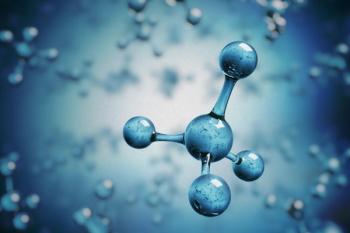
A study investigated the interactions of benzeneacetamide with other molecules in organic solvents by obtaining frequencies of C=O groups in 18 solvents using infrared spectroscopy, and correlated empirical parameters with the frequencies to estimate their contributions in intermolecular interactions, finding that solvent effects on the frequencies of C=O stretching vibrations were significant.

The study investigated the effects of symmetry relaxation on one- and two-photon absorption spectra of two bichromophore systems based on difluoroborate core linked by biphenylene or bianthracene moieties, and found that deviations from planarity of building blocks ensure maximum values of two-photon transition strengths.
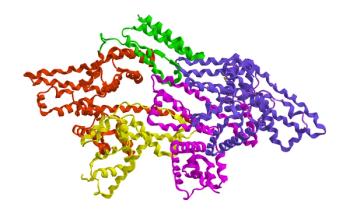
A recent study explored the binding characteristics of the tyrosine kinase inhibitor entrectinib with bovine serum albumin through multi-spectral analysis and theoretical calculations, revealing the factors affecting the stability of the ENB-BSA complex and potential ways to enhance the efficacy of ENB.

A new study has developed a low-cost, sensitive SERS substrate using silver nanoparticle functionalized paper for the detection and analysis of rotavirus in clinical stool samples.

A new study details the successful application of in situ LA-ICP-MS/MS Lu–Hf dating technique to Paleozoic-Precambrian xenotime, apatite and garnet. The study provides a more effective method for accurate age determination of samples with complex temporal records or lack of traditional U-rich accessory minerals.































